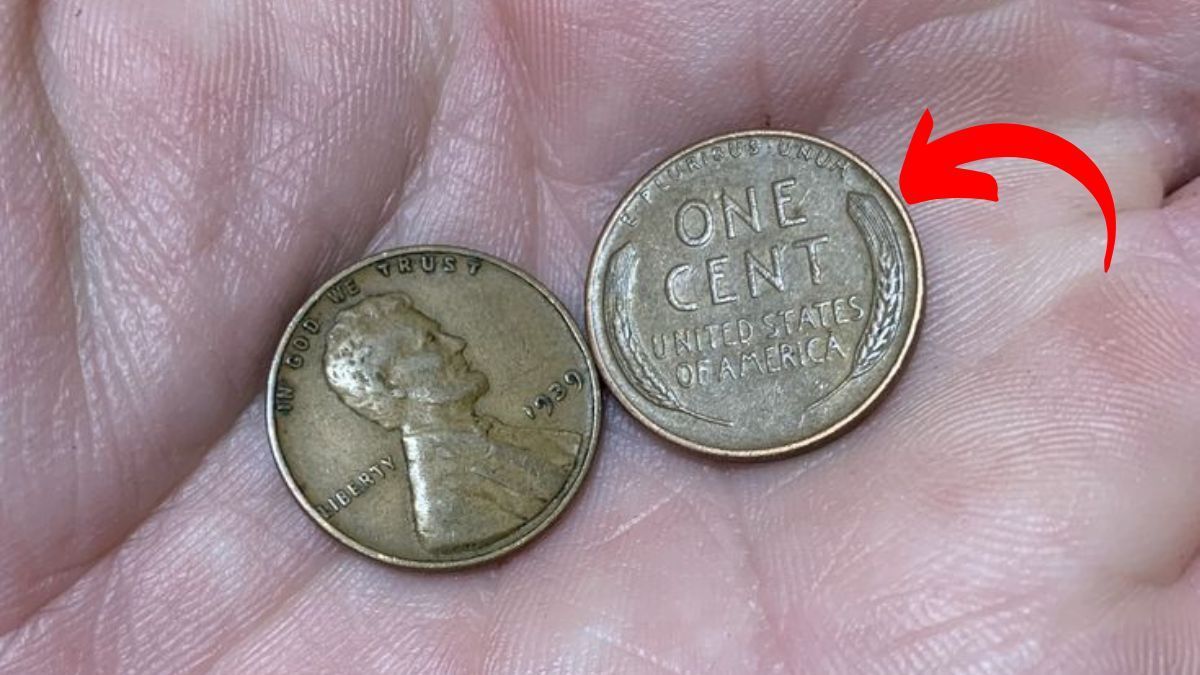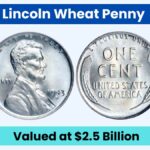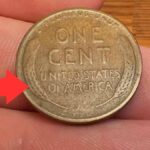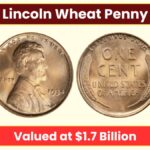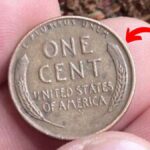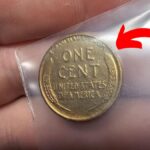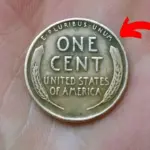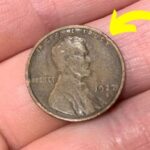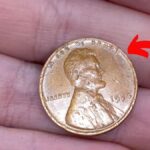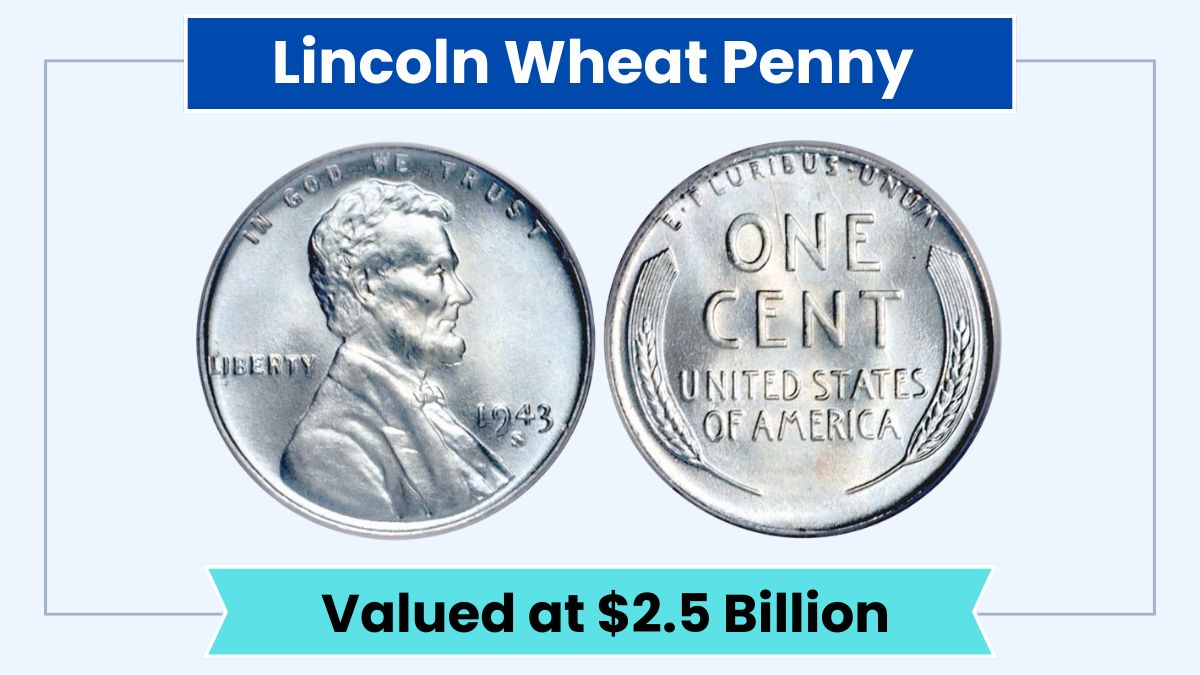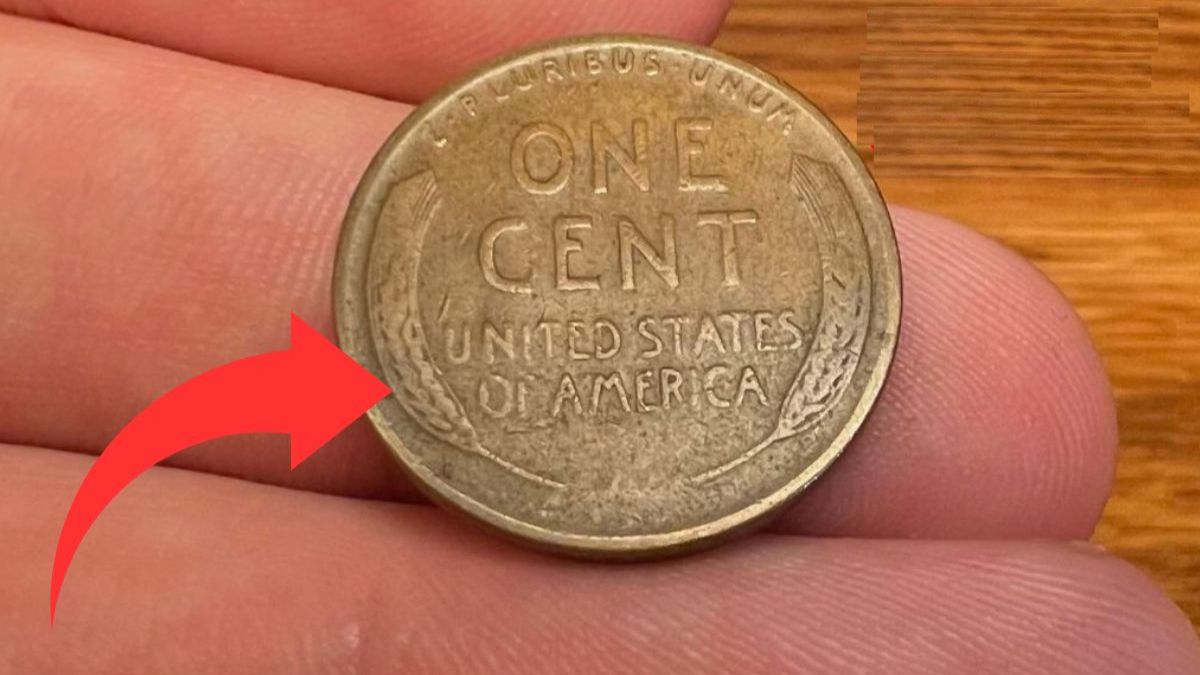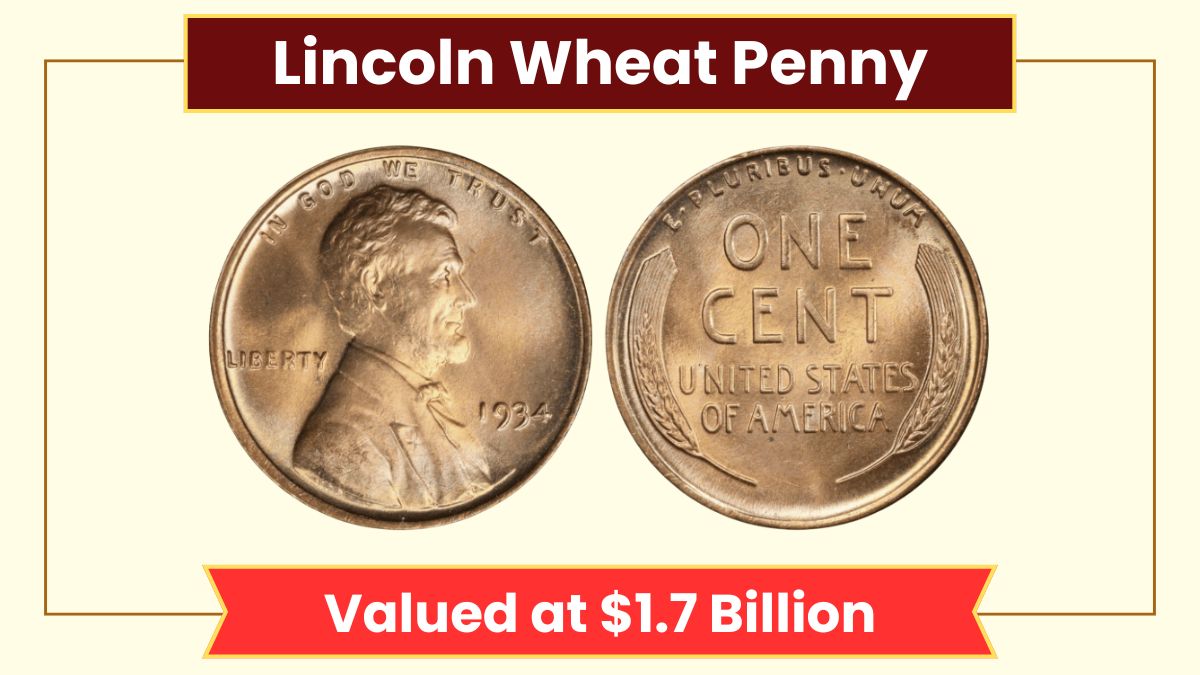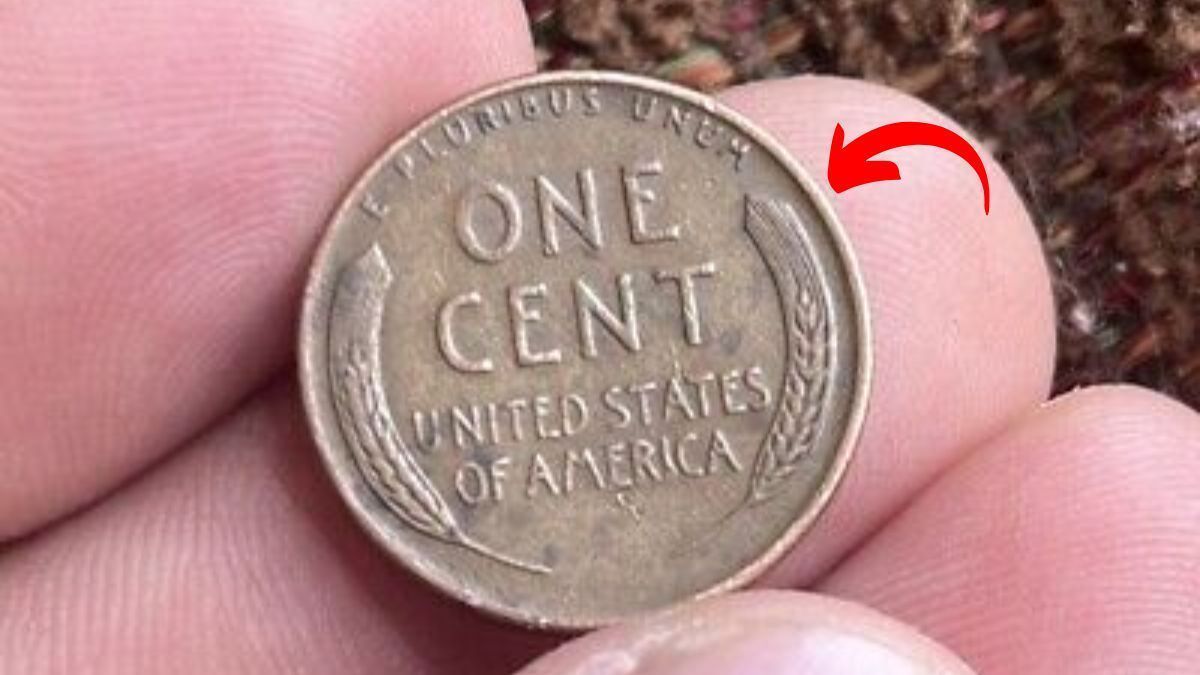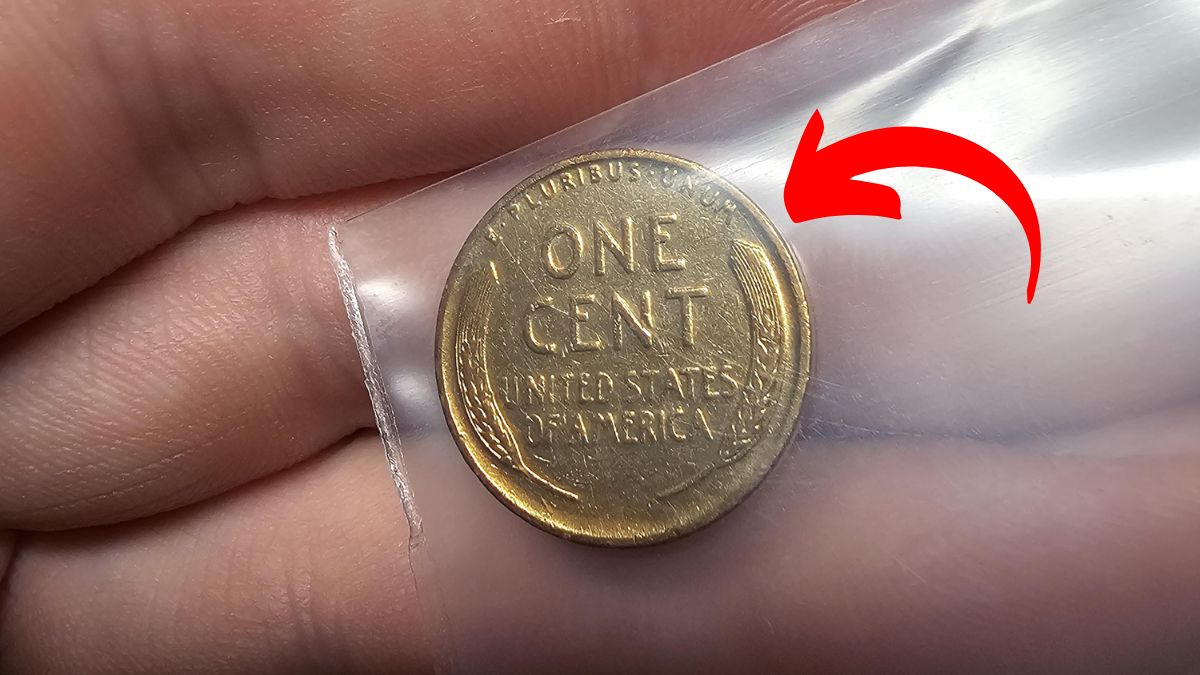Recently, many people have been talking about a Lincoln Wheat Penny that is said to be worth $10 million and might still be in everyday use. This news has surprised both coin collectors and the general public. The big question is: Is such a penny real? Let’s explore the facts in simple and clear language.
What Is the Lincoln Wheat Penny?
The Lincoln Wheat Penny is a special one-cent coin that was first released in 1909 to celebrate Abraham Lincoln’s 100th birthday. It was the first U.S. coin to feature a real person on it. On the front (called the obverse), it has Lincoln’s portrait, and on the back (reverse), it shows two stalks of wheat—this is why it’s called the “Wheat Penny.”
These coins were made until 1958, after which the design was changed to the Lincoln Memorial. Today, Wheat Pennies are very popular among coin collectors because of their classic design and historical value.
Is There Really a $10 Million Penny?
While it may sound unbelievable, there are a few very rare Lincoln Wheat Pennies that are worth millions. However, they are extremely rare, and the chance of finding one in regular circulation is very low.
The talk of a $10 million Lincoln Penny comes from rare coins like the 1943 Bronze Wheat Penny. In 1943, during World War II, the U.S. government used steel instead of copper to make pennies so that copper could be used for war needs. But a few bronze (copper) blanks were mistakenly used that year. These error coins are very rare.
Some collectors believe that a perfect condition 1943 Bronze Wheat Penny could be worth up to $10 million, especially if it has never been touched or damaged. But as of now, no penny has been officially sold for this amount.
What Makes Some Pennies Worth Millions?
Most Lincoln Wheat Pennies are only worth 1 to 10 cents. However, some become valuable because of:
-
Rarity – Very few were made or survived
-
Error coins – Made using the wrong metal or design
-
High demand – Collectors want them badly
-
Excellent condition – No scratches, marks, or fading
-
Historical value – Linked to important moments in history
These special pennies can sell for thousands or even millions of dollars at auctions.
Examples of Rare Wheat Pennies
Here are a few real-life rare pennies that are valuable:
-
1909-S VDB – The first Lincoln penny, made in San Francisco, with designer initials “VDB.” Worth thousands if in good condition.
-
1943 Bronze Penny – A rare mistake coin, worth up to $1 million or more.
-
1944 Steel Penny – Another error coin made after steel cents were supposed to stop.
None of these have officially sold for $10 million yet, but experts say that one day, a rare example in perfect condition might reach that value.
How to Know If You Have a Rare Penny
If you want to check whether your Lincoln Wheat Penny is valuable:
-
Check the year – Look for 1909, 1943, and 1944.
-
Check the back and front design – Make sure it’s the original wheat design.
-
Use a magnet – Steel pennies will stick, bronze ones will not.
-
Look for mint marks – Small letters like “S” or “D” below the date can matter.
-
Check the coin’s condition – Clean, shiny, and detailed coins are worth more.
यह भी पढ़े:
 Top 5 Luckiest Zodiac Signs in 2025
Top 5 Luckiest Zodiac Signs in 2025
What Should You Do If You Find One?
If you think you’ve found a rare penny:
-
Do not clean it – Cleaning can lower its value.
-
Visit a coin expert or shop – They can help you check if it’s rare.
-
Get it graded – Companies like PCGS or NGC can give an official grade.
-
Store it safely – Use a coin holder or case.
Final Thoughts
The story of a $10 million Lincoln Wheat Penny may sound like a dream, but it is based on real and rare coins that do exist. While the chances are small, it’s not impossible that one of these valuable pennies is still out there. So, take a look at your change—you might be holding a piece of history worth a fortune!
Disclaimer: The prices mentioned for rare coins, including the Lincoln Wheat Penny, are not guaranteed and may not be entirely accurate due to market fluctuations and varying appraisals.
